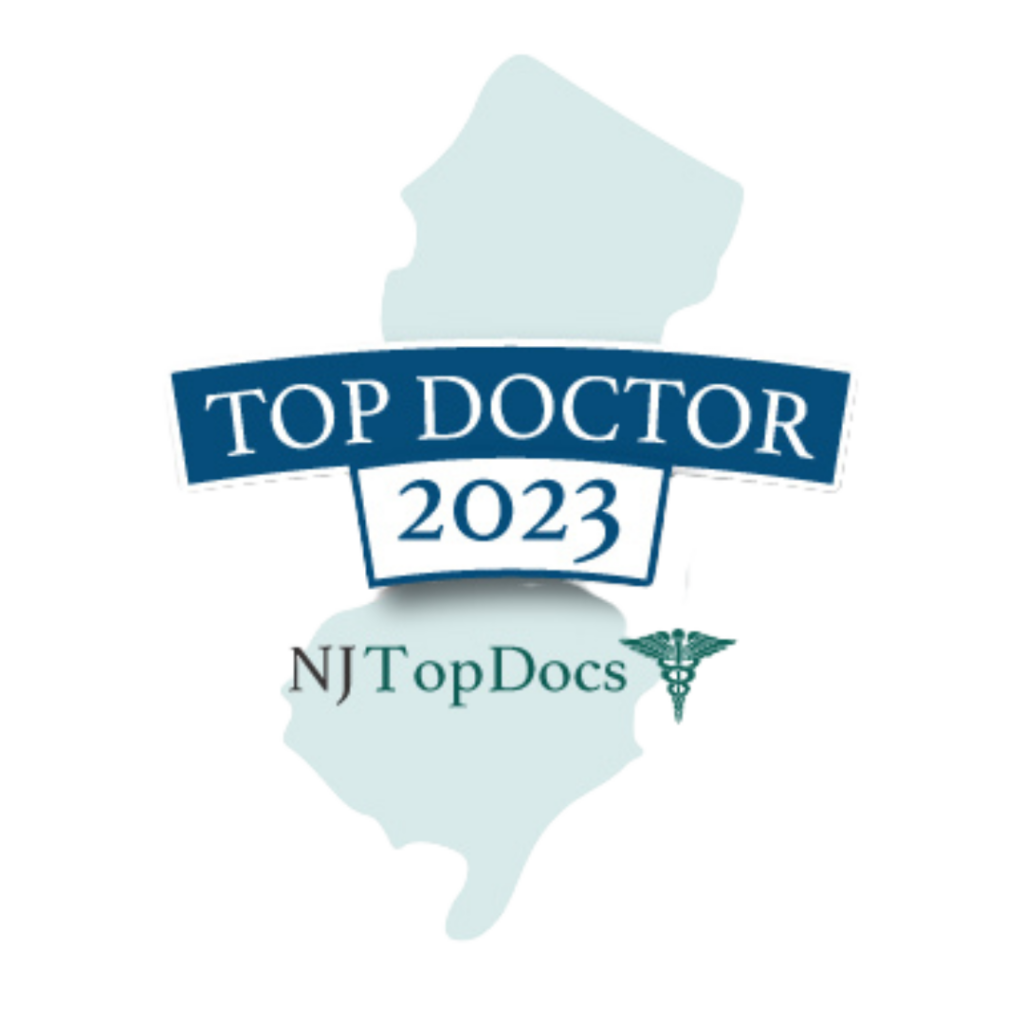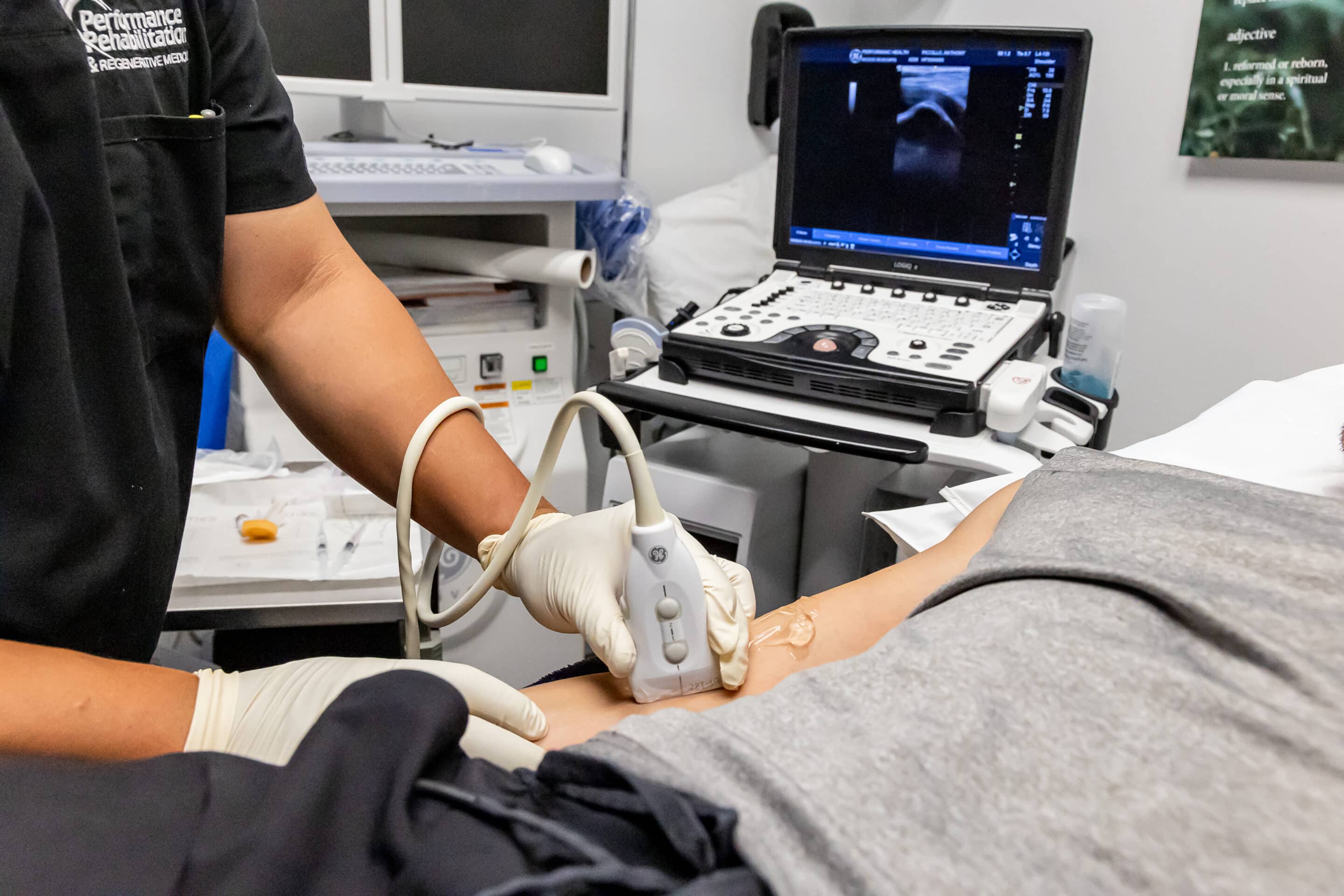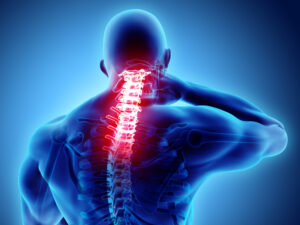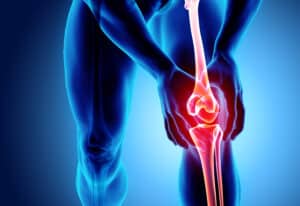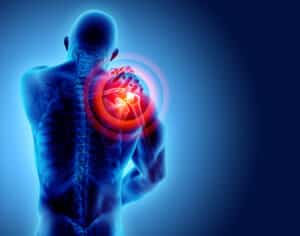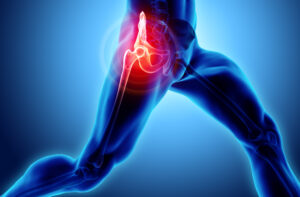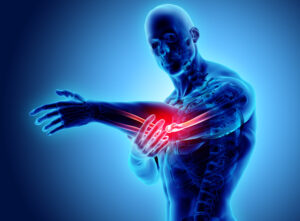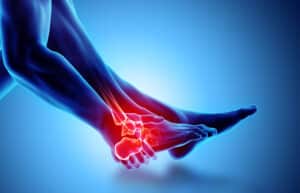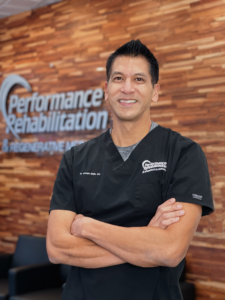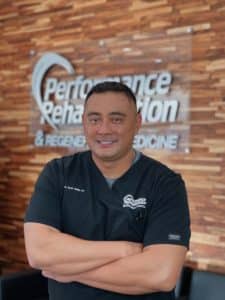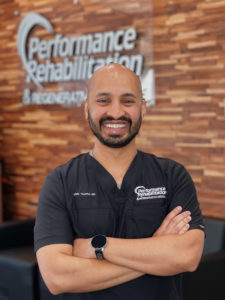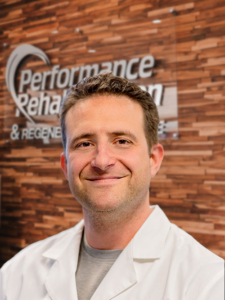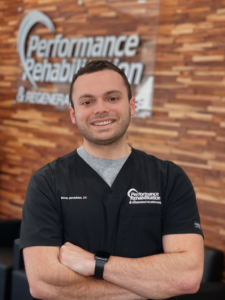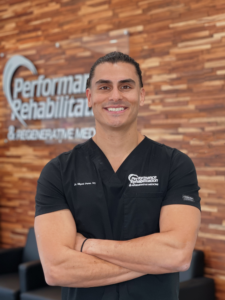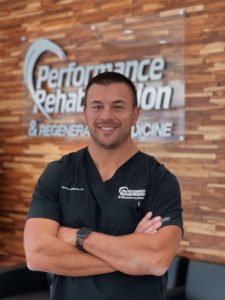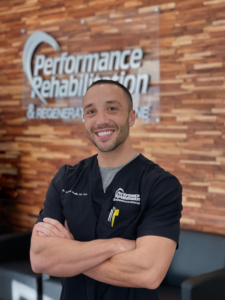Patients suffering from chronic tendon and ligament injuries are finding relief in Watchung, NJ.
Have you ever had chronic, stubborn pain at or near the outside portion of your elbow? You could be suffering from an injury known as lateral epicondilitis (tennis elbow). Today we will take an in depth view of “tennis elbow,” which is an injury that can keep individuals from sports and other activities that they love. Often stubborn cases of tennis elbow can be challenging to treat and very frustrating for a patient. Minimally invasive procedures are allowing patients to get back to living a healthy active lifestyle.
What is Lateral  Epicondilitis?
Epicondilitis?
The common extensor tendon is a strong thick tendon located on the lateral (outside) portion of your elbow. You may have experienced pain in this area, which is commonly referred to as “tennis elbow” (lateral Epicondilitis). This is a common injury of overuse seen in racquet-based sports and weightlifters but can also occur in many other
repetitive activities. Overtime, small tears in the tendon lead to pain and inflammation creating adhesions and decreased mobility of that tendon. Symptoms usually develop slowly overtime. In most cases the pain may include weak grip strength with pain and/or burning at the elbow. Repetitive activities seen in painters, plumbers, and carpenters, predispose these individuals to lateral epicondilitis.
Causes
Due to the overuse of the extensor tendon, an exact mechanism is often times difficult to identify, without direct injury or trauma to the area. Physical examination and diagnostic ultrasound imaging help aid in the clinical diagnosis. Most cases of tennis elbow happen overtime when chronic repetitive overuse is placed on the extensor tendon. Injuries to this area occur with increased load or demand placed on this tendon. The common extensor tendon is prone to injury due to its position at the elbow. As we move and extend the arm the tendon can become irritated rubbing against the bones that make up the elbow. Faulty mechanics in sports may also lead to pain at the elbow.
Conventional Treatments
Most injuries to the common extensor tendon respond well to conventional non-surgical treatments when appropriate actions are taken. Due to its chronicity in nature, it can take several months for this injury to resolve. Rest is the first step towards reducing the pain. Often times shutting down or modifying activities plays a key role in recovery. Healthcare professionals incorporate strengthening and rehab exercises to move towards recovery. Ice is also a great way to help fight inflammation of the tendon.
At Performance Rehabilitation & Regenerative Medicine we utilize Prolotherapy in order to strengthen, stabilize and repair dysfunctional tendons. Typically tennis elbow injuries respond very well to physical therapy and rehab. Therapy will help to reduce the pain and inflammation initially. Once the early stages of the injury are taken care of, the physical therapist will help re-strengthen the tendon. Patients who do not respond well to conservative treatment options may be candidates for prolotherapy: a non-invasive, non-pharmaceutical treatment solution with great results.
Prolotherapy
Typically, medical management of chronic severe tennis elbow injuries includes physical therapy, non-steroidal anti-inflammatory medications (NSAIDs) and possibly a cortisone injection, a steroid aimed at reducing inflammation. Prolotherapy is now available to help aid in the treatment of chronic stubborn tennis elbow injuries. Recent research, from the Mayo clinic has endorsed prolotherapy as a very effective treatment option for many common musculoskeletal injuries. Prolotherapy is a medical procedure, which involves injecting a non-pharmacological solution into damaged tendons and ligaments in order to stretch the weakened tissue resulting in increased stability and flexibility. A stable and flexible joint is essential in order to provide long-term relief of pain and allow individuals to return to a healthy active lifestyle.
At Performance Rehabilitation & Regenerative Medicine, we believe that prolotherapy injections are a key component in the regenerative medicine approach, utilizing the bodies’ natural ability to heal itself.
Prolotherapy is delivered with a small needle to the injured site. To insure that the needle placement and solution is accurate, diagnostic ultrasound and/or video fluoroscopy is used. Regenerative medicine has proven to be a very effective conservative treatment option. If you or someone you know has “failed” traditional medical options and are looking for non-pharmaceutical/non-surgical treatment options, please give us a call. Performance Rehabilitation & Regenerative Medicine, getting patients better, faster.
If you have any questions or would like to make an appointment, please feel free to contact one of our Patient Care Coordinators at 908-754-1960 or you may contact us online.
About the Authors:
Joseph Mejia D.O., F.A.A.P.M.& R, is a graduate of University of Michigan and West Virginia School of Osteopathic Medicine. He is Board Certified in Physical Medicine & Rehabilitation and Sports Medicine. Dr. Mejia received his Fellowship Training in Interventional Pain Management from University of Medicine and Dentistry. He has advanced training in Regenerative Medicine and is the Medical Director and Partner of Performance Rehabilitation & Regenerative Medicine.
Vincent J. Diana D.C. is a graduate of New York Chiropractic College. He is a Board Certified Chiropractic Physician with licenses held in New Jersey and Pennsylvania. Dr. Diana is a Chiropractic Physician at Performance Rehabilitation & Regenerative Medicine.
 Epicondilitis?
Epicondilitis?